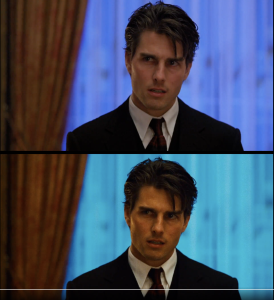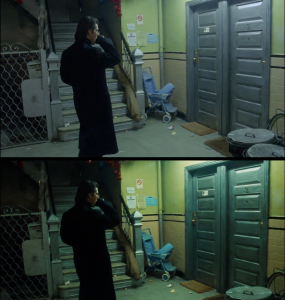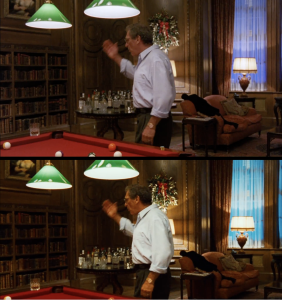Sincere message to all the Facebook friendos who’ve been sending along good wishes…it’s always nice when this happens.
Message from ex-Manhattan girlfriend, received this morning: “Happy XX Birthday. I’ve actually kinda forgotten how old you are and even, for that matter, where you geographically might be now. But wherever that is, I hope you’re well and celebrating.”
HE reply: “Thanks, [name]! Happy birthday to you also, being another Scorpio.
“Have you guys seen Sentimental Value, by the way? Renate Reinsve plays [you] in your mid 30s.
“Rather than resort to standard fiction, let’s just say that age-wise I’m still being born. Go ahead and laugh, but I often…okay, I sometimes feel close to or even imbued with the Obi Wan Kenobi-ness of it all…a John Lennon universe, which is to say a realm that is age-less, time-less, and occasionally radiating ‘oh, such loveliness,’ as Paddy Chayefsky once put it.
“That loveliness dissolves into anxiety and defensivness, of course, whenever I read the thoughts of certain progressive HE commenters, battery-acid scolds, alarmists and shriekers. But Chayefsky also described this head-space as the ecstatic embrace of ‘what the Hindus call prana.'”
Ex-Manhattan girlfriend reply: “I have not seen Sentimental Value. Interesting comment. Now I have to see it, of course.”
Jeff Sneider: “Happy Birthday, Jeff! I’ll spare you any jokes, but rest assured that those of us with taste know you’re a real one. A daily read. I’ve read every word. Big respect. Enjoy the day, Monsieur Motherfucker.”
Prana is a Sanskrit word meaning “life force” or “vital energy” that is believed to pervade the universe and animate all living things. It is considered a vital principle in Hinduism and is closely associated with breath, as breathing is a primary way to take in this energy. Practices like yoga and meditation, particularly the art of pranayama, focus on controlling and expanding one’s awareness of prana to promote physical, emotional, and spiritual health.



 ,/p>
,/p>







